In Part 1, we covered the design criteria to consider when creating a new smart home device and some of the smart home protocols. Here, we continue with additional device-design considerations.
How can I determine which cloud platform to use?
Today, multiple cloud platforms are available. It depends on which smartphone or handheld device you want to support. For example, if you want to support Amazon’s Alexa, it will be easier to use the Amazon AWS. Similarly, it is straightforward for iPhone to use Apple’s iCloud and for Android phones to use Google Cloud. Microsoft currently does not support smart home applications.
What developer tools are available to help me speed up my design process?
There are many developers’ support platforms available depending on your targets. The popular ones include Apple, Google, Amazon, Zigbee, and Z-Wave.
Apple – https://developer.apple.com/
Apple HomeKit – https://developer.apple.com/homekit/
Google – https://developer.google.com
Amazon – https://developer.amazon.com
Zigbee – https://zigbeealliance.org/developer_resources
Z-Wave – https://z-wavealliance.org/z-wave-oems-developers/
Additionally, many smart home devices require deep learning or AI to support language processing in voice input and image processing in face recognition. AI algorithms are very compute-intensive. Consider a processor with built-in AI such as Maxim’s MAX78000.
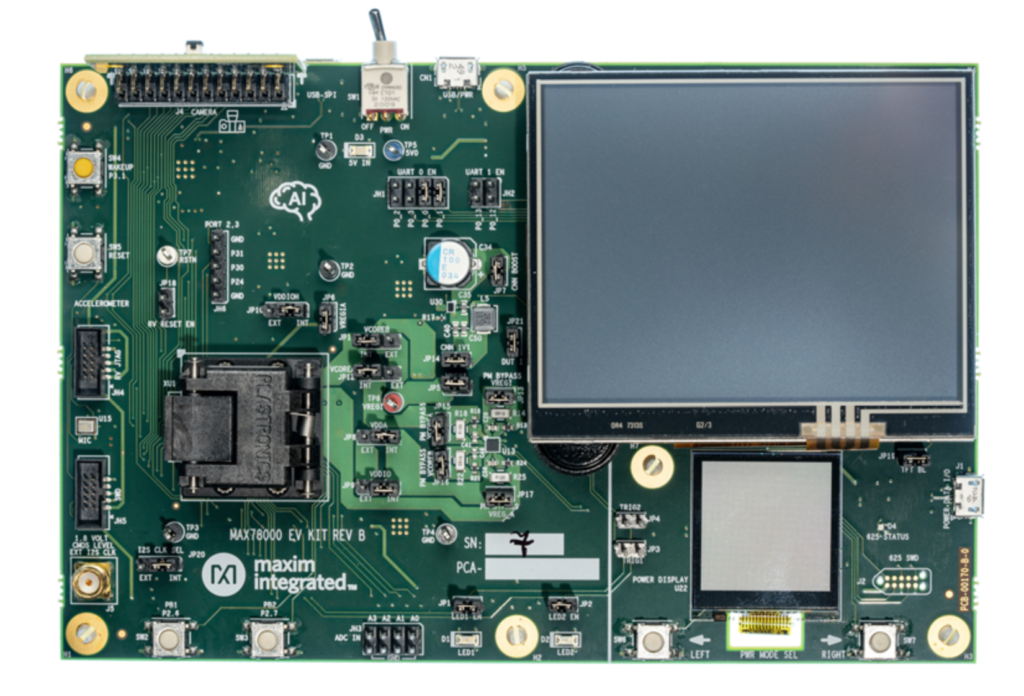
Do I need a hub or gateway?
Yes, you will need a hub or gateway to work with either the Zigbee or Z-Wave networks. Depending on whether you are designing a standalone device or an integrated hub/device, there are hundreds of models to choose from.
Can you walk me through the design process of creating a new smart home device?
Just for illustration purposes, let us take the example of designing a Z-Wave LR device. Z-Wave Long Range (Z-Wave LR) is a new specification recently added by the Z-Wave Alliance. It increases the wireless communication distance from a few hundred feet to a few miles and supports up to 4000 network nodes. Similar solutions are available for Zigbee and other platforms. The steps include:
- Define your target smart home device. It can be a smart door lock, thermostat, or others.
- Select a microcontroller unit (MCU) architecture to meet your design needs – 32 bits, depending on the device (The Silicon Labs solution is 32-bit based. For other designs, you may be able to use 8-bit MCU).
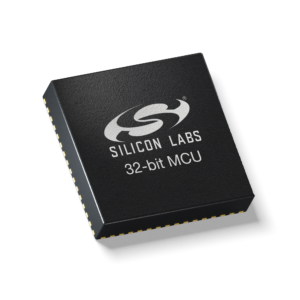
3. Choose the corresponding evaluation kit. The Z-Wave 700 Wireless Starter Kit (SLWSTK6050B) includes the hardware module, Z-Wave software stack, sample code, and debug adapter. Developers can design the end devices and gateways with the kit.
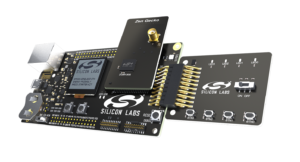
Additionally, Simplicity Studio 5 is available, which provides a suite of tools, including wireless application development, mesh networking debug and analysis, open-source stacks and application code, and visual energy profiling for design optimization.
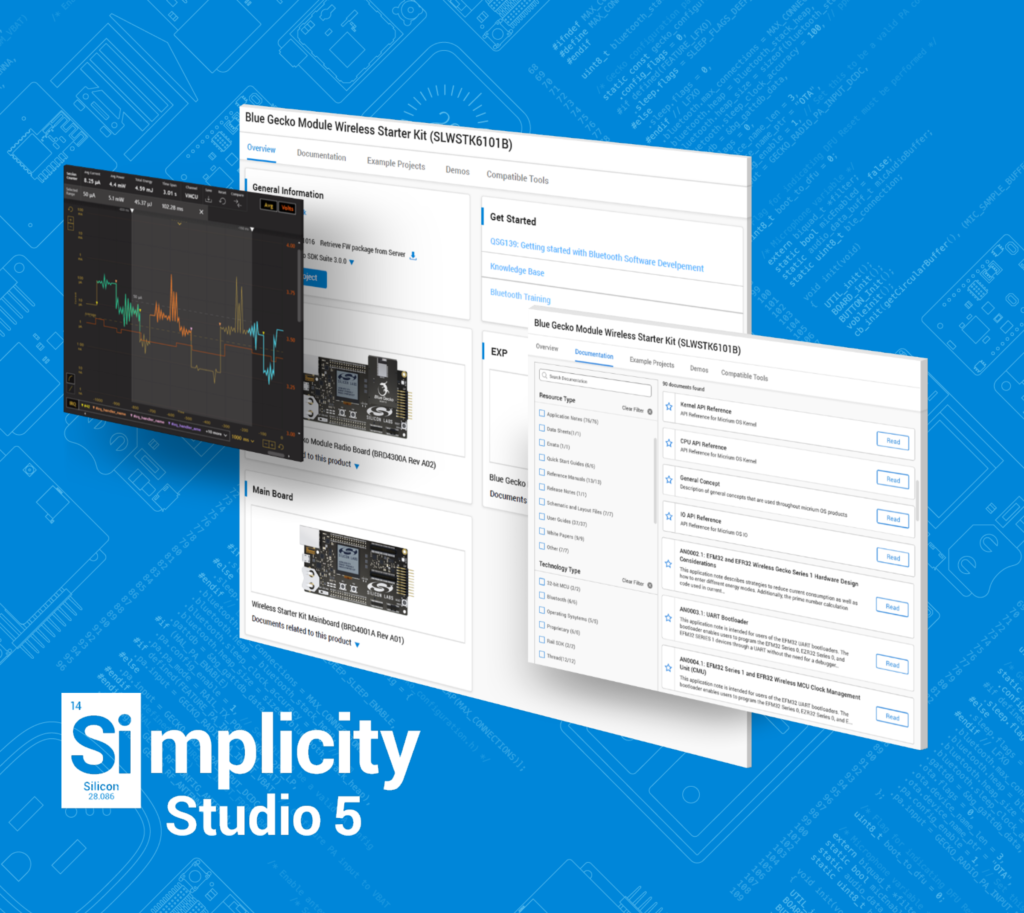
4. Download the installation guide and follow the steps.
In short, many reference designs and source codes are available today to help you speed up your design process. Do not reinvent the wheel by writing codes from scratch.
Do I need smart home certifications?
To ensure smart home devices’ interoperability from different vendors, the Zigbee and Z-Wave Alliances provide their own certification programs. A developer will need to become a member of the corresponding alliance, go through an application process, and then submit the target device(s) to be tested by the authorized test facilities. Once they pass all the requirements, the devices will receive a certificate and the right to use the corresponding logos. This process will ensure device interoperability. Therefore, every developer should do this.
Z-Wave certification
Zigbee certification
What is CHIP?
Toward the end of 2019, Amazon, Apple, Google, and the Zigbee Alliance launched a royalty-free, open-sourced initiative called Connected Home over IP (CHIP) (or Project Connected Home over IP). The intent was to create secure and interoperable smart home devices among all the platforms. Among the CHIP initiative’s many goals are creating products which are Unifying, Ecosystem-Flexible, Interoperable, Secure, and Robust. To date, it is a working group within the Zigbee Alliance. The project’s initial focus will be access point control, lighting, HVAC controls, and security. The first draft is expected to come out sometime in 2021 and will likely impact future smart home technology development. “CHIP is the future of the smart home, and it may potentially solve all the interoperability issues of devices from multiple vendors,” according to Nick Dutton, senior IT product marketing manager at Silicon Labs.

Final tip: Concerning the CHIP project, GitHub is set up to help developers collaborate globally. It is an open, free code hosting platform that allows developers to share codes, and many smart home code samples are available.




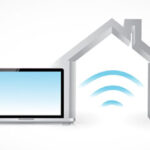
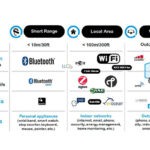
Leave a Reply